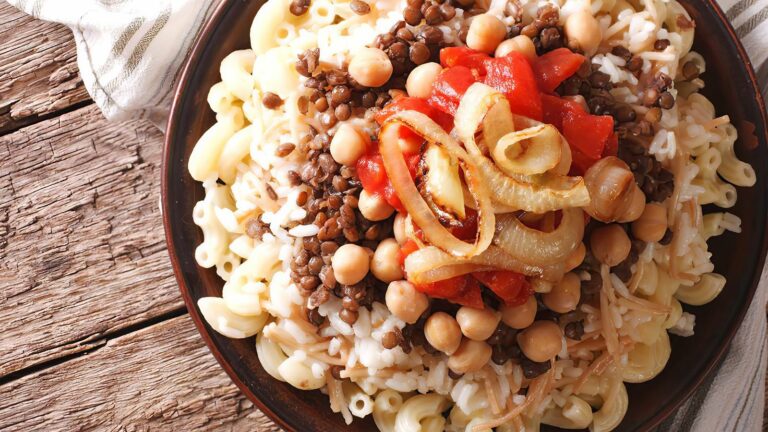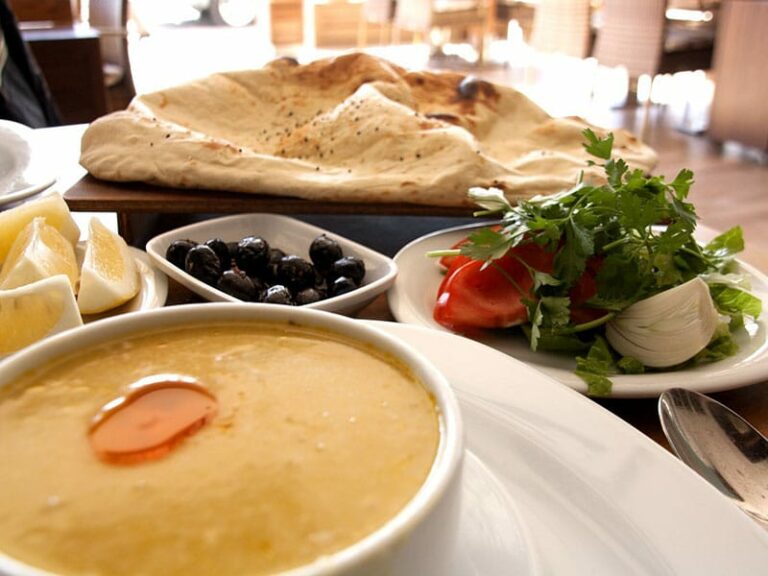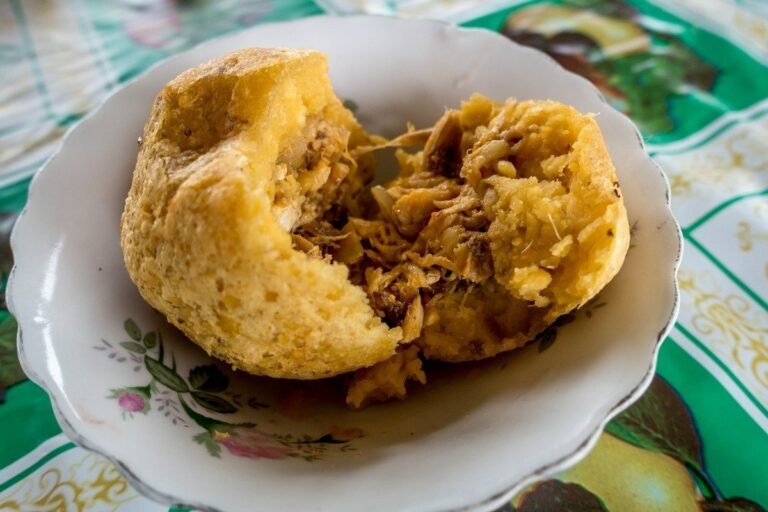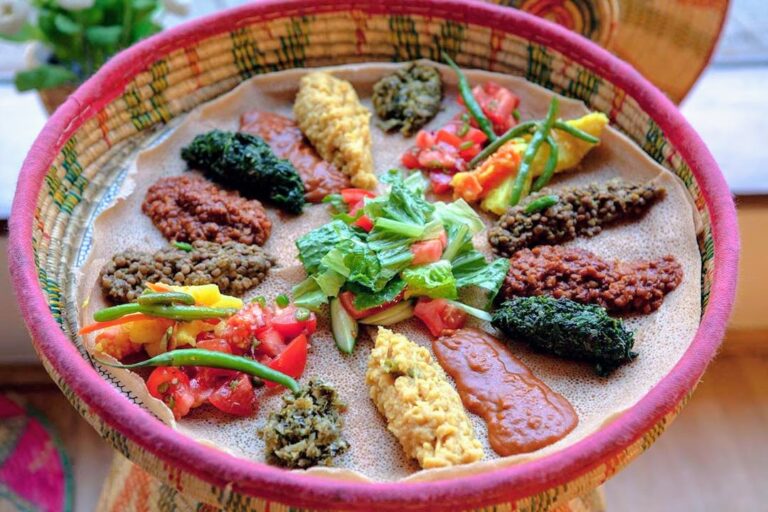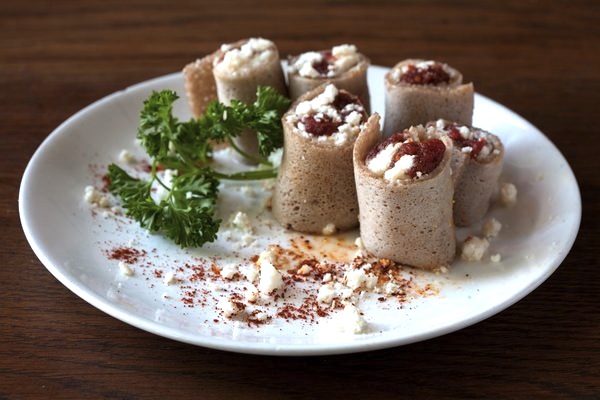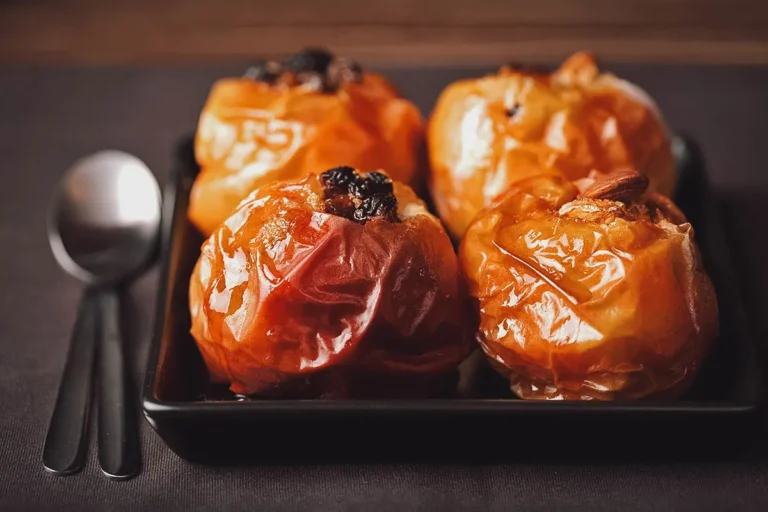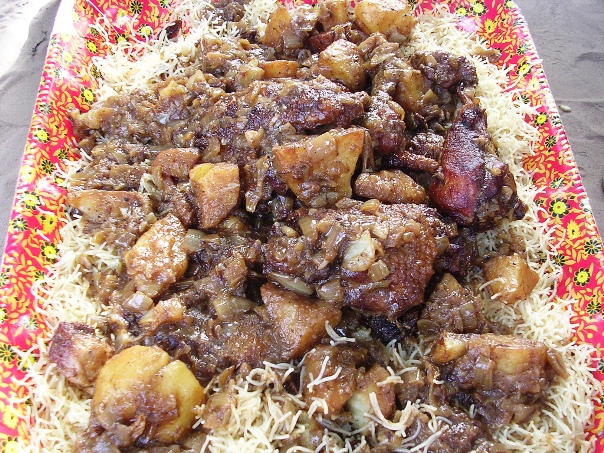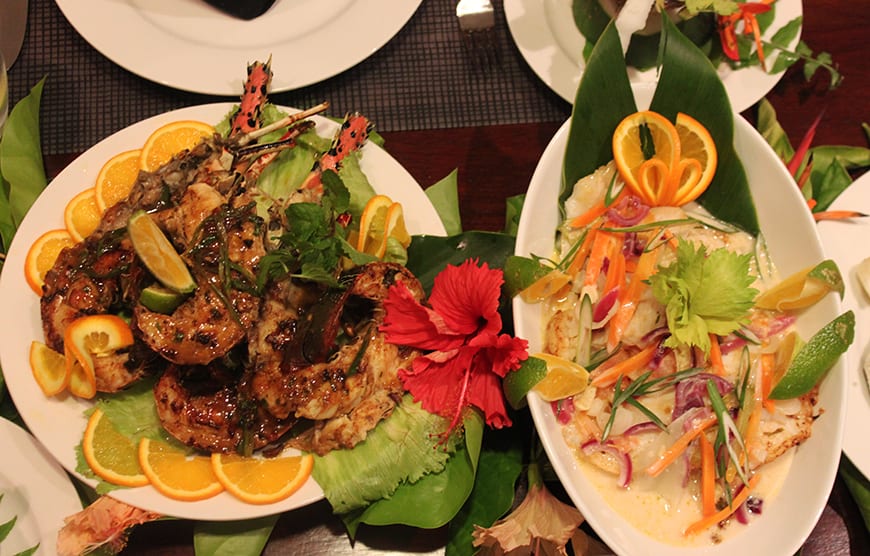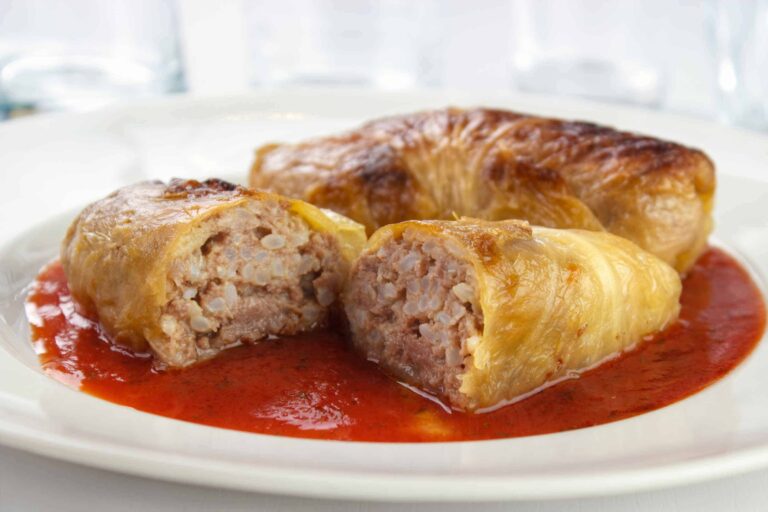Introduction to Molokhia
Molokhia is a famous Egyptian dish that is made from jute leaves. The dish is known for its unique flavor and is a favorite among locals and tourists alike. It is a nutritious meal that is rich in iron, calcium, and vitamins, making it a popular choice among health-conscious individuals. The dish can be served with rice or bread and is often enjoyed with family and friends.
The History of Molokhia
The history of molokhia dates back to ancient Egypt, where it was considered a delicacy by the pharaohs. The dish was often served to guests at royal banquets and was believed to have medicinal properties. The word “molokhia” is derived from the Arabic word for “king,” highlighting its regal status in Egyptian cuisine. Over time, the dish gained popularity among the common people and became a staple in Egyptian households.
Ingredients Required for Making Molokhia
To make molokhia, you will need fresh jute leaves, garlic, coriander, chicken or meat broth, and salt. Some prefer to add onions or tomatoes for additional flavor. You can also use vegetable broth instead of chicken or meat broth to make a vegetarian version of the dish. It is essential to use fresh jute leaves as dried leaves can affect the taste and texture of the dish.
Preparation of Jute Leaves
To prepare jute leaves for cooking, you will need to wash them thoroughly with water and remove any dirt or debris. Then, separate the leaves from the stems and chop them into small pieces. Some people prefer to blanch the leaves in boiling water for a few minutes before cooking to reduce the slimy texture of the dish.
How to Cook Molokhia
To cook molokhia, start by sautéing garlic and coriander in a pot with some oil. Add the jute leaves and broth and let it simmer for about 30 minutes. Add salt to taste and continue cooking until the leaves have softened and the soup has thickened. You can also add meat or chicken to the dish for added flavor and protein.
Serving Molokhia
Molokhia is traditionally served with rice or bread. It is often garnished with lemon juice or a side of pickled vegetables. The dish is usually served hot and is perfect for cold winter nights.
Molokhia Variations
There are many variations of molokhia, depending on the region and personal preference. Some people prefer to add okra or spinach to the dish, while others like to add tomato paste or cumin for added flavor. In some regions, molokhia is served as a soup, while in others, it is a thick stew.
Conclusion: Molokhia, a Traditional Dish with Modern Twist
Molokhia is a traditional Egyptian dish that has stood the test of time. Its unique flavor and health benefits have made it a popular choice among locals and tourists alike. With its versatile ingredients and cooking methods, molokhia is a dish that can be customized to suit individual tastes. Whether served as a soup or stew, with meat or vegetables, molokhia is a dish that is sure to satisfy and impress.

